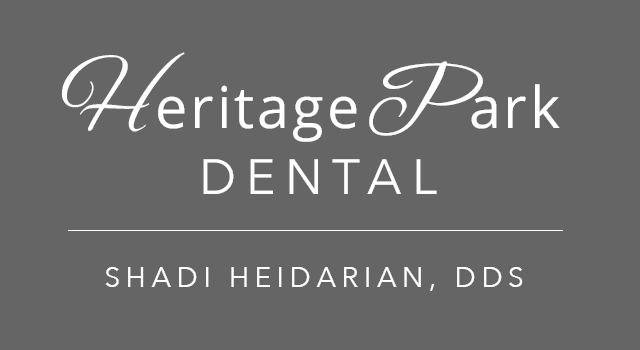How Scaling And Root Planing Can Save Your Teeth

When you’re experiencing periodontitis, your dentist is likely to suggest that you undergo root planing and scaling. The first question you may have to ask is what exactly this procedure is and what’s involved. This procedure is a treatment for periodontitis that helps to clean away the tartar and plaque that form below your gumline. Removing these substances help your body begin fighting back against the disease and restoring the tissues in your mouth. The possible victims include your bones and gums, helping them all return to better health. We’re going to go into root planing and scaling below and cover how they help you fight back against periodontitis.
Periodontitis – What is it?
When plaque and tartar have been built upon the teeth for some time, and have ultimately begun to reach beneath the gum line, periodontitis can result. This condition is typified by inflamed gums that can be painful and often bleed during brushing. Gum pocketing may also be present as the gums begin to pull away from the teeth. This disease can cause irreversible damage to the teeth, gums, and jawbone, requiring expensive treatments to correct over the long term. The following are things that can increase your risk of periodontitis:
- Poor Oral Hygiene – Improper flossing and brushing habits can help plaque and tartar accrue.
- Tobacco Use – Chewing tobacco and smoking both contribute to periodontitis
- Poor Dietary Choices – Excess sugar has been shown to increase incidents of periodontitis.
- Misalignment of Teeth – Misaligned teeth have more spaces plaque and tartar can hide.
- Ongoing Stress – Inflammation is a common side-effect of stress and can aggravate periodontitis.
What Is Root Planing and Scaling?
Removal of tartar and plaque from your tooth’s surface and from below the gum line and is known as scaling. Planing involves the smoothing of the root surface to make it difficult for plaque and tartar to reattach. In most cases, your dentist will provide local anesthesia before performing this procedure, though tenderness during treatment is not unusual. Scaling is typically done manually with the use of a metal hook that the dentist uses to gently scrape your teeth. Planing is the next step, during which the damaged and infected tissue is removed to eliminate subgingival bacteria.
What Happens After The Treatment?
Once the above two procedures are complete, your dentist will flush your mouth with cool fresh water to eliminate any remaining bacteria. Pressure is then applied to help the gum tissue regrow properly. After the treatment, it’s not uncommon for patients to report tooth discomfort, bleeding gums, and swelling and inflammation. Some patients have reported a mild allergy to the materials used during treatment, but this is uncommon.
If you have more questions about root planing and scaling, it’s time to call Dr. Shadi Heidarian at Heritage Park Dental. They’ll help you understand what’s going on with your dental health and determine if root scaling and planing are going to be appropriate for your condition. Dr. Heidarian helps patients throughout the Palo Alto, CA area get exceptional dental care and beat back the ravages of dental decay and periodontitis.

